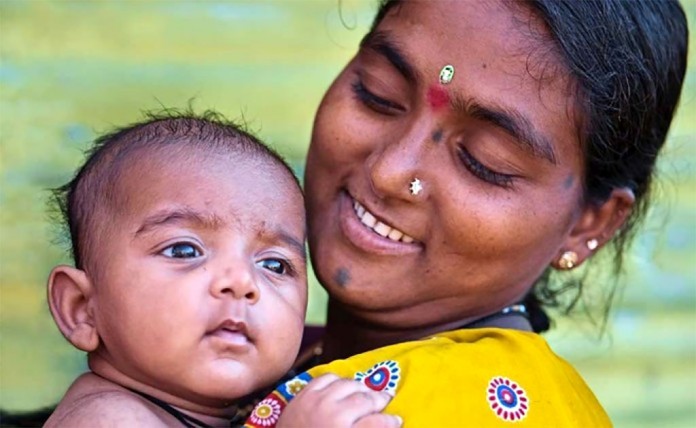
Round 39% have been babies who died due to complications in the course of birth. (RepresentationalImage)
Around 1.2 million Kids in India Could have been Saved in 2015 had the simple minimum sanitation and healthcare facilities been supplied for, says the UNICEF’s Nation of the arena’s Children Report 2016 thatturned into released today.
Dispelling the concept that financial growth way higher situations for Kids, the Report introduced, “Some international locations on the quick lane for international economic boom – which include India and Nigeria – were in the slower lane for child mortality discount”.
India – along with Congo, Ethiopia, Nigeria and Pakistan – account for extra than half the five.nine millionChildren who died ultimate 12 months before reaching the age of five years.
Around 39% were babies who died because of complications during start. Maximum of the rest, the Filestated, died from illnesses like malaria and diarrhoea, that are clean to govern, but have turn out to behigh killers through loss of proper sanitation and get right of entry to to healthcare.
Although no information become available, the File counseled that child marriage and subsequent teenpregnancies might be a key reason for the neo-natal deaths.
Worldwide, the alternative reasons of Children’s deaths blanketed pneumonia, meningitis, tetanus, measles, sepsis and AIDS.
The Document suggested that the overwhelming majority of child deaths may be averted via9aaf3f374c58e8c9dcdd1ebf10256fa5, low-value and effortlessly deliverable interventions and centers like sanitation, holistic nutrition and girls’s reproductive health management.
The Record quoted research posted within the Lancet, which estimates that 40 according to cent of neonatal deaths can be prevented with key interventions across the time of birth.
Those encompass care by using a professional delivery attendant, emergency obstetric care, on the spot newborn care (together with breastfeeding aid) and newborn resuscitation. Another 30 in keeping with cent could be Stored through “kangaroo mother” care, wherein the infant is kept with pores and skin-to-pores and skin touch and prevention of infections, among different measures.
